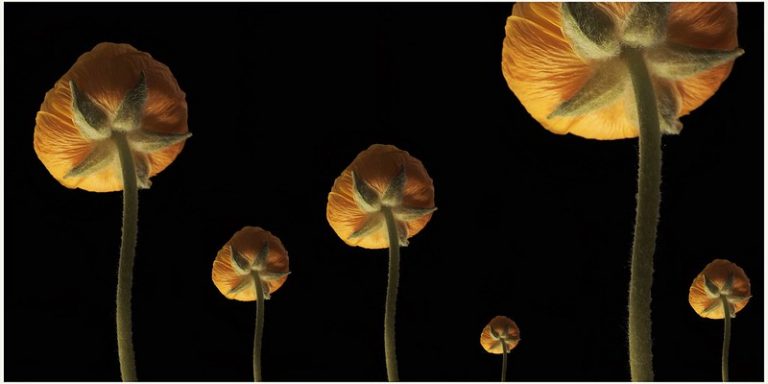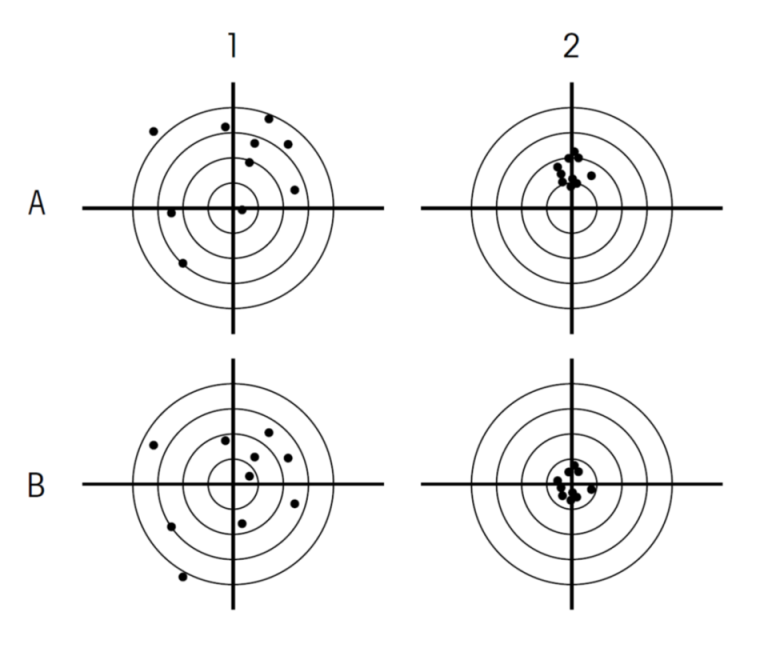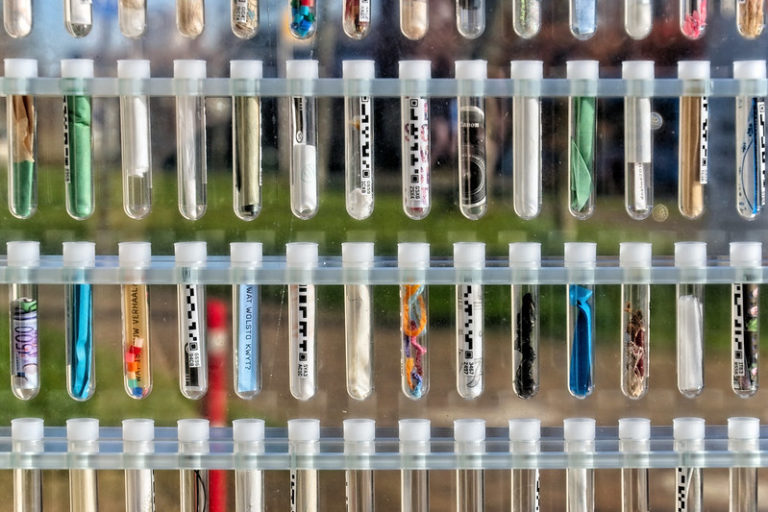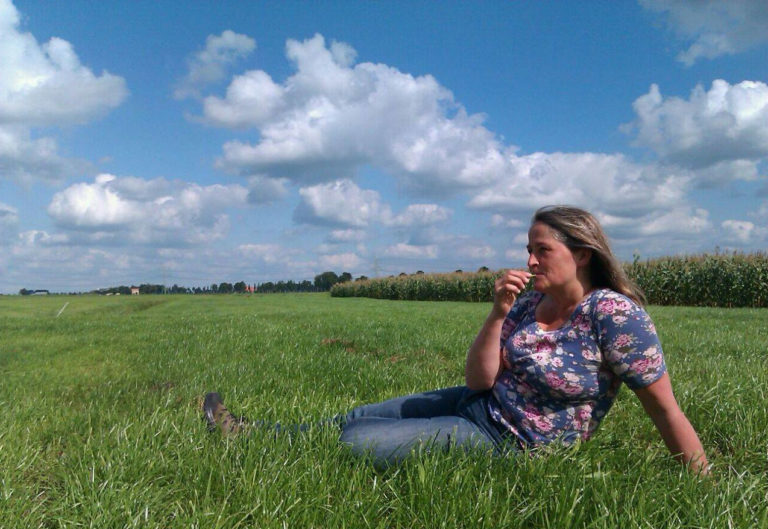News
Reproducibility of biotechnological inventions
At the European Patent Office (EPO), one of the key principles for patentability of inventions is that the invention must be described in sufficient detail for any “person skilled in the art” to be able to reproduce it. In biotechnology, where living systems are manipulated, this requirement poses a particular challenge. The notion of “reproducibility” of the invention thus becomes an essential criterion, which can take on different meanings depending on the context. This article explores the subject of the reproducibility of biotechnological inventions according to the practice of the EPO, in particular the case law of its Boards of Appeal.

Biotechnology poses challenges in terms of patentability, particularly with regard to the requirement of sufficient disclosure. Unlike mechanical or chemical innovations, biotechnological inventions involve complex and unstable living systems, making their reproducibility uncertain. This raises the question of the appropriateness of this requirement for living organisms and the justification for patents on inventions that are insufficiently described, including those based on processes with unpredictable results, such as mutagenesis, described by some as “random“. Reproducibility may relate to the technical execution or validation of the claimed effects, and its absence may lead to the rejection or invalidation of a patent.
This article addresses the issue of the reproducibility of inventions in the field of living organisms according to the European Patent Office (EPO), whose practice is consistent with the principles of Directive 98/44 on the legal protection of biotechnological inventions (see box).
What is meant by “reproducibility” in patent law?
Although the notion of “reproducibility” of an invention is not explicitly mentioned in the European Patent Convention (EPC)i, it is implicitly targeted by Article 83 EPC and recognised in case law and EPO guidelines as an implicit condition of sufficiency of description. This concept can cover at least two different aspects.
Reproducibility is first and foremost a direct consequence of Article 83, which states that “an invention shall be disclosed in the European patent application in a clear and complete manner so that it can be carried out by a person skilled in the art“, without excessive experimentationii. This fundamental legal requirement aims to ensure that the monopoly conferred by a patent is justified by a genuine contribution to the state of the art and is not limited to a mere idea that cannot be put into practice.
Reproducibility can also be understood as the ability to obtain identical results, guaranteeing that the invention generates stable and predictable effects, a particularly crucial criterion in biotechnology. However, in this field, these two requirements are put to the test by biological variability and the fact that certain processes are not fully controlled. An invention may be technically feasible, but with fluctuating “results”, making patentability more uncertain.
Technical implementation of an invention
The requirement in Article 83 EPC for sufficient disclosure of the invention to enable it to be put into practice without excessive experimentation remains subjective, leading to varied interpretations and a wealth of case law, which can be illustrated with examples.
In its decision T 617/07iii, the EPO held that a patent on “monoclonal antibodies and synthetic and biotechnological derivatives thereof“, defined by structural and functional characteristics, was valid, as the person skilled in the art “could produce variants of antibodies meeting the functional criteria indicated in the claim, using a possibly lengthy but simple procedure“. Conversely, in T 727/95 (Cellulose/Weyershaeusr)iv, the Board of Appeal held that a claim defining Acetobacter micro-organisms by their ability to produce cellulose covered not only the strains filed but also others with similar characteristics. However, the invention was not reproducible throughout the claim without unreasonable effort, as the patent did not make it easy to identify or obtain all the variants covered, thereby compromising the sufficiency of description required by Article 83 EPC.
In June 2021, in decision T 420/19 (Barley derived beverages/Carlsberg)v, the EPO Board of Appeal referred to this decision T 727/95 to assess the reproducibility of a method based on the technique sometimes referred to as “random mutagenesis” (in this case by irradiation or chemical means) for identifying barley mutants. The Board considered that, unlike in case T 727/95, the claimed method consisting of randomly inducing mutations in barley seeds and then using a rapid screening method to screen the mutants obtained in generation M3 using the technique described in the patent was reproducible “without undue burden”. According to the Board, the person skilled in the art knew from the information in the patent that the barley plants contained the MMT gene to be inactivated in order to obtain the desired phenotype, and also knew the probability of obtaining a relevant mutation.
However, case law relating to Article 83 EPC also seeks to distinguish between sufficient disclosure and strict reproducibility. Thus, an invention may be considered to be sufficiently described even if there are minor variations in the results obtained, provided that these variations do not call into question the technical core of the invention. This is what the EPO said in its decision T 292/85 (Polypeptide expression/Genentech): “an invention (here biological) is sufficiently disclosed if at least one way is clearly indicated enabling a person skilled in the art to carry out the invention. In assessing whether or not the disclosure is sufficient, it is therefore irrelevant that, in the case of an element of the invention defined in terms of function, certain particular variants are not available or that certain other unspecified variants are not suitable, provided that the person skilled in the art knows, from the disclosure of the invention or from general knowledge common in his technical field, suitable variants producing the same effect for the invention. It is not necessary for the disclosure to include specific indications on how to obtain all the possible variants of an element covered by the functional definition“.
Reproduction of “results”
The main objective of those drafting patent applications is to establish a legal framework guaranteeing the widest possible monopoly on an invention, and to achieve this they employ a variety of approaches and even tricksvi. Patents are therefore not scientific documents in the traditional sense of the term, but legal documents often based on one or more scientific publications, particularly in the biotechnology sector. In addition, patents are not assessed by scientific peers (peer review) but by an examiner from a patent office. The fundamental principle of the validity of a scientific result, reproducibility “all other things being equal“, guarantees that experimental results can be obtained consistently by different operators under the same conditions. However, a patent examiner cannot assess this reproducibility in the same way as a committee of scientific peers.
In the case of a process invention, the question of reproducibility may arise for the process itself or for the resulting product. In the biotechnology sector, mutagenesis, known as “random” mutagenesisin the scientific world, is an interesting illustration. Behind this name lie techniques that use ionising radiation (X-rays, gamma rays, UV rays, etc.) or chemical compounds to induce genetic mutations in plants or cell cultures, which are then selected according to the new characteristics that emerge. The EPO considers it to be a technical process, and therefore patentablevii. While the so-called “random” “basic” mutagenesis technique is no longer patentable (because it is not new), new “parameterisations” of this technique could make it new, or even inventive, and therefore patentable: new types of ionising radiation, use of particular frequencies or new chemical compounds that induce specific mutations, etc. in a way that is sufficiently reproducible to be susceptible to industrial exploitation, and therefore legally non-random. A “person skilled in the art” could then reliably reproduce this technique, this process, by precisely applying these parameters. However, no so-called “random” mutagenesis process currently offers this quality of reproducibility.
This reproducibility of the process does not necessarily apply to the resulting product, a fortiori in the case of so-called “random” mutagenesis. The product resulting from a process that randomly modifies a genetic sequence would therefore have to show random modifications in its genetic sequences, and could therefore not be clearly defined, as required by Article 84 EPC. However, the arrival of the new genomic techniques (NGT) has changed the situation. While continuing to use “random” mutagenesis, the agro-industry may be granted patents on products that it claims to have obtained via NGTs, while it may have used NGTs a posteriori to artificially reinforce the technical perception of the “invention“. But, here again, while these NGTs, such as Crispr/Cas 9, are described as “targeted” or “directed“, they offer only relative reliability, by making precise nucleotide modifications, but at random in the genome.
Complex biological systems
According to Rule 31 EPC, ” if an invention involves the use of or concerns biological material which is not available to the public and which cannot be described in the European patent application in such a manner as to enable the invention to be carried out by a person skilled in the art, the invention shall only be regarded as being disclosed as prescribed in Article 83 if: (a) a sample of the biological material has been deposited with a recognised depositary institution on the same terms as those laid down in the Budapest Treaty on the International Recognition of the Deposit of Microorganisms for the Purposes of Patent Procedure of 28 April 1977 not later than the date of filing of the application…”viii. Also, according to the EPO’s guidelines, “for living matter to be patentable, it must be possible to reproduce it in a way that has exactly the same technical features. Reproducibility can be assured: 1) by a deposit of the living matter… 2) by disclosing in the application as filed the gene sequence responsible for the claimed trait.” ix.
While it is easy to describe a gene sequence in a patent application in order to reproduce it, this is not the case for “living matter“, complex and variable biological systems that are difficult to describe in textual form in order to reproduce them. This is the case, for example, with micro-organisms, which include bacteria, fungi, yeasts, viruses and specific cell lines such as hybridomas, etc.
To overcome this problem of sufficient description/reproducibility of the “living matter” described in a patent, a system for depositing biological material was set up under the Budapest Treatyx, administered by WIPO (World Intellectual Property Organisation). This Treaty, which covers more than 90 countries, allows patent applicants to deposit a sample of biological material with an “International Depositary Authority” (IDA), such as the Institut Pasteur in France, the DSMZ in Germany or the ATCC in the United States. This material can be consulted and used by other researchers to ensure that the invention is put into practice, even after the patent has expired. Above all, it can also be used by the patent holder who wishes to pursue possible infringements of his invention.
On 8 March 2021, EPO decision T 1045/16 (Melon resistant virus/Monsanto) confirmed that the deposit of biological material is an essential condition for meeting the requirement of sufficiency of description, even where the biological material is already known and publicly available. In this case, although the melon variety PI313970 was publicly available, the Board considered that this did not guarantee that the biological material would remain accessible throughout the term of the patent. Thus, without filing in accordance with the requirements of Rule 31(1) EPC, the invention was not considered sufficiently disclosed under Article 83 EPC.
Reproducibility and uncertain monopolies
The reproducibility of biotechnological inventions poses major challenges, both for the adequacy of the description and for the assessment of infringement. For example, the biological material deposited is not always stable, although this is necessary to ensure the feasibility of the invention. By way of illustration, spontaneous mutations in hybridomas can affect the production of antibodies, complicating their industrial exploitation. Decision T 418/89 (monoclonal antibody/Ortho Pharmaceutical Corporation)xi clearly evokes these difficulties: the monoclonal antibodies produced by the hybridoma filed differed from those claimed in the patent, making their reproduction uncertain using the recommended techniques. This problem also applies to registered plant cell cultures, which can mutate, making it more difficult to examine a situation of possible infringement. The stability of the biological material thus becomes a key criterion for judging the validity and enforceability of a patent as long as the description of the production process alone remains insufficient to dispense with the deposit of a sample.
At international level, the WIPO Standing Committee on Patentsxii explains, in its studies on the sufficiency of disclosure, the importance of a clear, complete and reproducible description of the invention, an essential condition for the grant of a patent. Inadequate disclosure undermines the balance between the proprietor’s exclusive rights and the protection of third parties, exposing the patent to legal risks. This danger is all the more worrying when patents relate to sensitive areas such as biological resources or living organisms: in the absence of a rigorous framework, monopolies founded on vague scientific or technical bases can lead to the abusive capture of knowledge or natural elements, to the detriment of legal certainty, research and the public interest.
Adequate disclosure and Directive 98/44 on biotechnological inventions
European Directive 98/44 on the legal protection of biotechnological inventionsxiii refers to the principle of sufficient disclosure, without explicitly using the term “reproducibility“. This principle, based in particular on Article 83 EPC, is set out in Article 13 of the Directive. In general terms, the latter states that when an invention cannot be sufficiently described in a patent application “to enable a person skilled in the art to make the invention“, in particular concerning “biological material not accessible to the public“, this material may be deposited with a recognised institution (Budapest Treaty). This deposit guarantees concrete access to the invention and thus satisfies the disclosure requirement. The requirement of sufficient disclosure is repeated in Article 5.3 of the Directive, which requires the inventor to specify the function of a gene sequence or partial sequence, in order to justify its usefulness. Directive 98/44 therefore also lays down a framework designed to prevent the granting of patents based on insufficiently characterised “biological material” and technical processes.
i The only mention of reproducibility in the EPC does not concern the skills of the person skilled in the art, but the definition of biological material (rule 26.3): ” ‘Biological material’ means any material containing genetic information and capable of reproducing itself or being reproduced in a biological system“.
ii The concept of “excessive experimentation” has been established by EPO case law, in particular T 409/91 and T 435/91 (Detergents v Unilever).
iii EPO, Board of Appeal, “Decision T 0617/07 (Monoclonal NGF-antagonist antibodies/LAY LINE)”, 4 August 2009.
iv EPO, Board of Appeal, “Decision T 0727/95 (Cellulose/WEYERSHAEUSER)”, 21 May 1999.
v EPO, Board of Appeal, “Decision T 0420/19 (Barley derived beverages/CARLSBERG)”, 8 June 2021.
vi Denis Meshaka, “Prophetic but misleading: fictitious examples in patents”, Inf’OGM, 24 January 2024.
Denis Meshaka, “Brevets sur les séquences génétiques : démesure et fragilité”, Inf’OGM , 7 July 2023.
vii EPO, Guidelines, “5.4 Plant varieties and animal breeds, essentially biological processes for obtaining plants or animals”.
viii CBE, Rule 31, “Deposit of biological material”.
ix EPO , Guidelines, G II, 5.4 “Plant varieties and animal breeds, essentially biological processes for obtaining plants or animals”.
x WIPO, “Budapest Treaty on the International Recognition of the Deposit of Microorganisms for the Purposes of Patent Procedure”.
xi EPO, Board of Appeal, “Decision T 0418/89 (Ortho monoclonal antibody/Ortho Phamaceutiaal corporation)”, 8 January 1991.
xii WIPO, Standing Committee on the Law of Patents (SCP).
xiii European Union, “Directive 98/44/EC of the European Parliament and of the Council of 6 July 1998 on the legal protection of biotechnological inventions”, Official Journal of the European Union, L 213/13, 30 July 1998.













